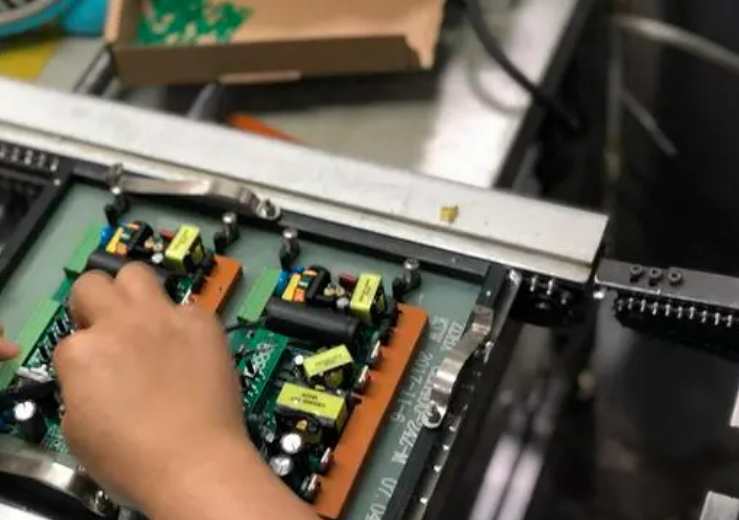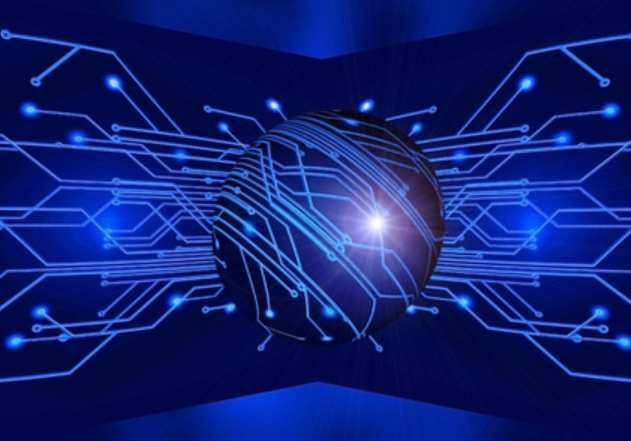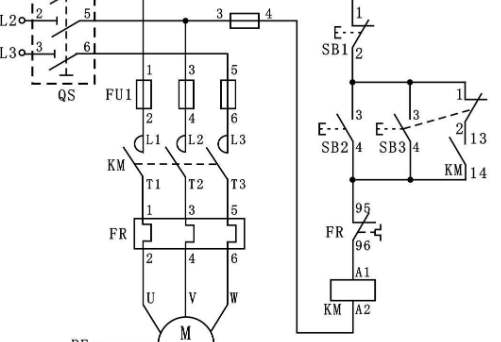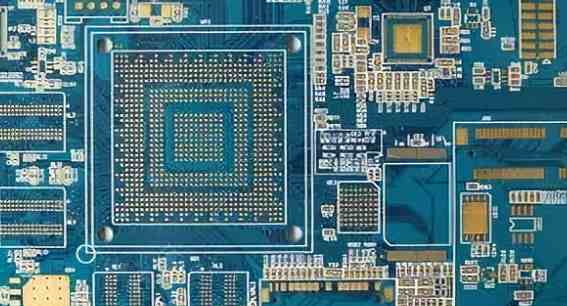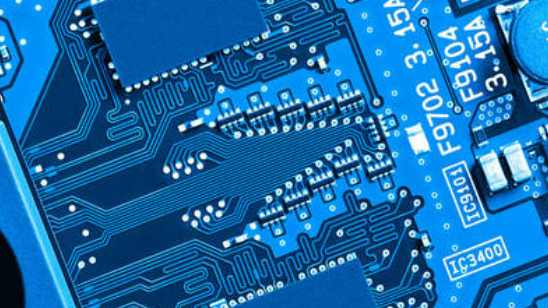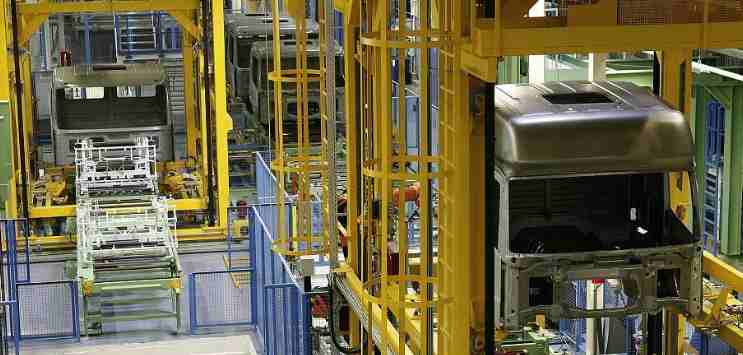
On February 13, 2003, Eu 137 The Official Journal published the Directive on End-of-life Electronic and Electrical Equipment (WEEE 2002/96 /EC) and the Directive on the Restriction of the Use of Certain Hazardous Substances in Electrical and Electronic Equipment (ROHS 2002/95 /EC), approved jointly by the European Parliament and the Council of Ministers of the EU. The two directives are new measures taken by the EU in the field of environmental protection. In addition to making special provisions on the recycling and disposal of discarded electronic and electrical equipment, the former directive also stipulates that the recycling costs shall be borne by the producers. The latter directive calls for a ban on the sale of electronic and electrical equipment containing six hazardous substances, including lead, on the EU market from July 1, 2006. Both of these directives reflect that the opening of the market is a prerequisite in the trade policies of developed countries. These premises meet various technical standards in addition. It also needs to meet labor and environmental standards. Both directives will enter into force after 13 August 2004. Its application includes household appliances and so on.
Ten categories of electronic and electrical products:
Classification of electronic and electrical equipment governed by WEEE Directive:
① Large household appliances
② Small household appliances
(3) Information technology and telecommunication equipment
④ User equipment
⑤ Lighting equipment
⑥ Electrical and electronic tools (other than large static industrial tools)
⑦ Toys, leisure and sports equipment
Medical equipment (all implanted and infected products except)
⑨ Monitoring and controlling instruments
⑩ The printed circuit board industry will be hit hard by every segment of the vending machine.
① If the cost of recycling and disposal of discarded electronic and electrical equipment is transferred to the PCB industry, where is the cost advantage of the domestic PCB manufacturing industry, which can be imagined;
② The PCB manufacturing process involves six kinds of harmful substances restriction, the corresponding measures can not be realized independently by the PCB industry. This is a very difficult step.
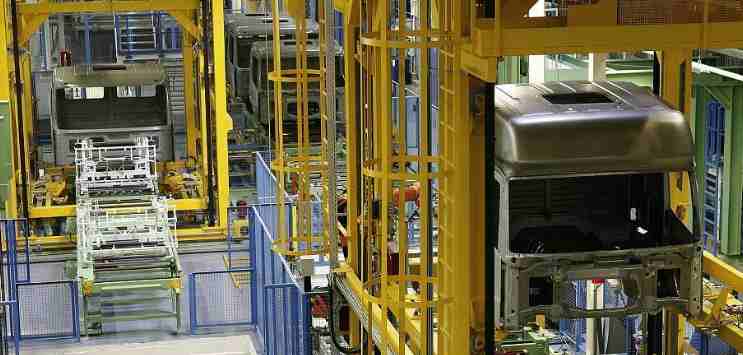
(3) It is reported that the European Union is strengthening the environmental management and environmental standards of commodities. By 2005, the European Union has expanded the number of commodities with environmental protection labels from the current 19 to 30.
Although the European Union is not a mandatory legal system for the labeling of environmental protection marks, but the European Union will continue to expand the number of goods required to obtain the labeling, and will gradually move towards the mandatory implementation of the legal stage, European enterprises have been labeling environmental protection as an important means of marketing strategy. In the face of "green barriers", PCB industry should effectively establish its own green defense line to meet the needs of international green trade. How to prepare for a rainy day and overcome barriers to win the market?
1. The understanding of restricted use of metals and substances is based on the analysis of their potential harm to human body.
1.1 Six types of hazardous substances
1.1.1 Lead (Pb)
Highly hazardous substances, mainly in the form of dust and smoke through the respiratory tract and digestive tract into the human body. Absorption through the respiratory tract is faster, about 20 ~ 30% into the blood circulation, absorption through the digestive tract about 5 ~ 10%. Some studies show that: lead is toxic, damage the human replication function, and accumulation in the human body, cause neurological disorders, have adverse effects on the blood system and kidney; It also pollutes water, soil and air.
1.1.2 Cadmium (Cd)
Cadmium is a by-product of zinc extraction. It is mostly used in electroplating, alloy manufacturing, solder, dye and paint pigment, and as a stabilizer for plastics. There is no such plating in resin PCB industry. Studies have shown that cadmium can cause renal system disorders, resulting in human osteomalacia, joint pain, bone dismemberment and bone deformation, and affect the effectiveness of beneficial elements in human body, causing liver and kidney damage, emphysema, respiratory tract, endocrine, vascular fatty diseases, is a carcinogen, and induces prostate cancer.
1.1.3 Mercury (Hg)
Metal mercury enters the body from respiratory tract in the form of vapor, the amount of skin absorption is less, but the amount of skin damage is more. Digestive tract non-absorption; Mercury vapor easily enters the body through the alveolar membrane and dissolves in the blood, especially in the kidney, and enters the brain through the blood-brain barrier. It can inhibit the function of human protein enzyme system, and cause allergic reactions, lead to nephrotic syndrome, lead to human immune damage, central nervous system damage, lung failure, and lead to reproductive function abnormalities.
1.1.4 Chromium (Cr6+) hexavalent chromium is banned in the EU because of its carcinogenic or mutational properties. Cr6+ is commonly used as chromic acid in the electronics industry.
Cr6+ is human poison ingestion/inhalation, skin contact may lead to sensitivity; Are more likely to cause inherited genetic defects; Inhalation can cause cancer and cause lasting harm to humans, but chromium metal, trivalent or tetravalent chromium does not have these toxicity.
1.1.5 Polybrominated biphenyls/polybrominated diphenyl ethers
The dioxins produced are highly toxic and very stable, belonging to a class of carcinogens. Because it is very difficult to separate, the human body can not be discharged after ingestion, which poses a serious threat to human health.
1.2 Hazard of six harmful substances
Brominated flame retardants PBB and PBDE can produce dioxins, which are highly toxic, in incomplete combustion
Dioxins harm human health mechanism roughly has four aspects:
① The role of producing endocrine hormones in the human body.
② Destroy the normal secretion of endocrine hormones in the human body.
③ Damage the synthesis and metabolism of human endocrine hormones.
④ Damage the synthesis and metabolism of endocrine hormone receptors.
It leads to reduced immune function, changes in reproductive and genetic functions, susceptibility to malignant tumors and so on.
So to focus on these things, to focus on our environment, to focus on our health.


